Commander Howard W. Gilmore is being hailed as a hero after giving up his life to save his crew form Japanese fire. He was credited by the United States Navy with successfully attacking three Japanese ships.
Gilmore rode the bridge of his vessel, the U.S.S. Growler, as it was diving away from a Japanese gunboat’s attack in the distant Pacific. He preferred to ride the conning tower of his submerging submarine to his death rather than expose the craft or crew to enemy gunfire.
The Commander’s raft was on the surface as the Japanese gunboat was trying to ram it. After Gilmore’s boat skillfully evaded this attack, he preceded to ram into the enemy boat and successfully sink it. As the boat was going down, the U.S. crew kept the machinegun fire going. The commander was heavily wounded.
“Members of the submarine’s crew sought to carry him below,” the Navy relates. “But, realizing delay might cost the submarine and the lives of men in exposed positions topside, Commander Gilmore ordered all hands below. In his final living moments, he gave his last order to the officer of the deck: ‘Take her down!’”
Any delay in going underwater would have been a great danger to the crew. At the Commander’s last orders, the submarine went down with its leader floating above. Lieutenant Commander Arnold F. Schade of San Diego, California, was the 31-year-old executive officer who brought the boat back to safety.
A native of Selma, Alabama, Gilmore was already a decorated officer before his death. He won the Navy Cross medal for boldly entering an enemy harbor and sinking two 1700-ton Japanese destroyers and damaging a third. He also received a Gold Star medal for sinking 26,000 tons of merchant shipping. Finally, President Roosevelt awarded the hero the Medal of Honor posthumously.
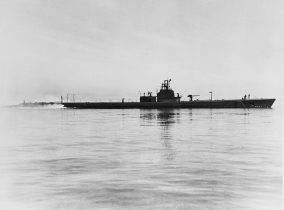
The U.S.S. Growler, Commander Gilmore’s ship. U.S. Navy photo via Wikimedia Commons.
Gilmore was a 1926 graduate of the U.S. Naval Academy at Annapolis. His last mission was sinking one medium-sized cargo ship, damaging and probably sinking a gunboat, as well as damaging a medium-sized merchant ship.
Some of the Annapolis classmates who knew him said that, “he was one of the quietest, most unpretentious fellows who ever lived.”
Even more classmates wanted to come forward and pay their respects, describing the freckled, pale Gilmore as someone “who would never stand out in a crowd, but [someone who] you’d like the second you see him.”
Secretary of the Navy Frank Knox also praised the hero at his press conference by saying that his bravery “was one of the most gallant things that has come under my observation during this war.”
Sources:
- “Submarine Hero Died to Save His Ship in Fight in the Pacific,” New York Times, May 8, 1943.
- “Take her Down!,” New York Times, May 11, 1943.
- “Jap Fire Killed 2 Others When Gilmore Died,” The Washington Post, May 12, 1943.
- “Sub Chief Floats Off to Death But Saves His Craft and Crew,” The Washington Post, May 8, 1943.
- “Take her Down!” The Washington Post, May 9, 1943.
- “Saved Submarine Died on Conning Tower,” The Manchester Guardian, May 8, 1943.

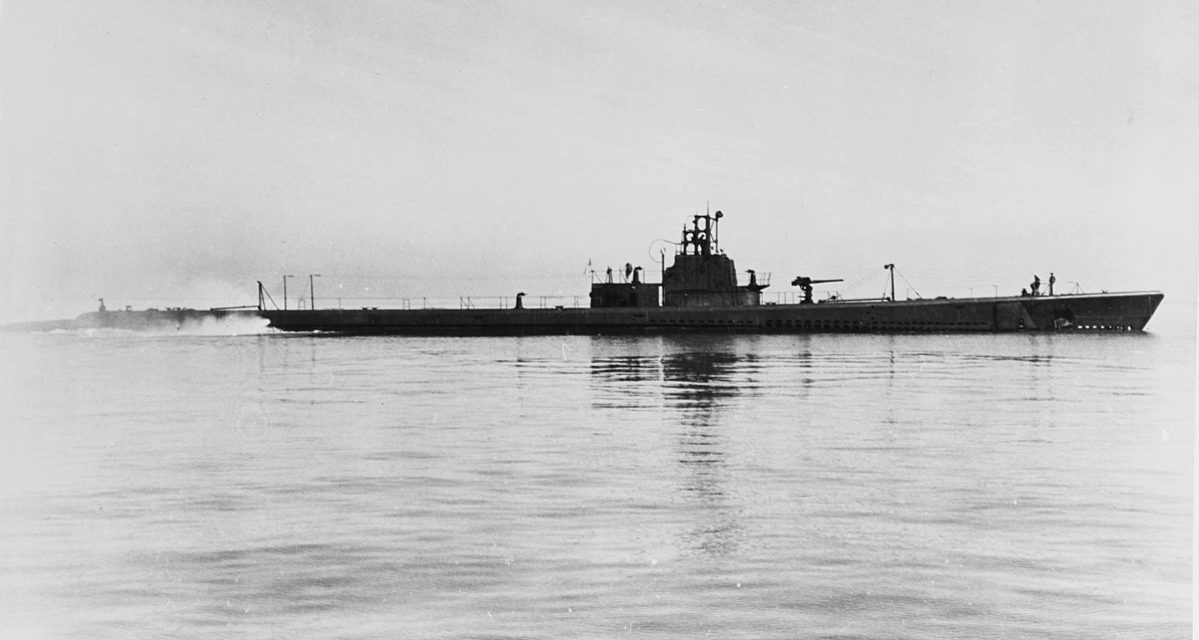
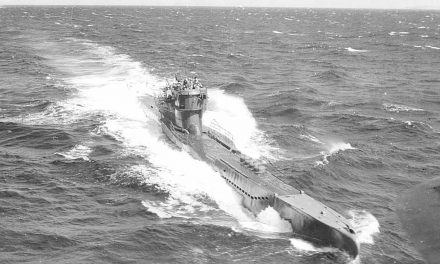
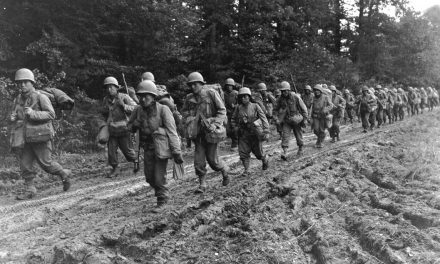
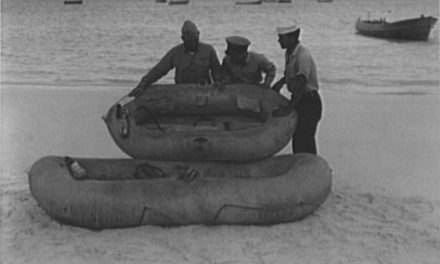
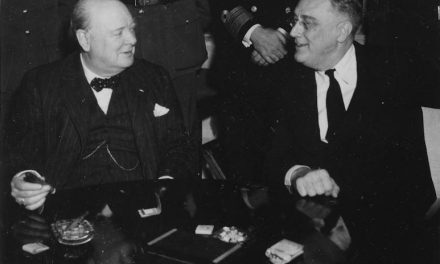
What a brave selfless act how many alive today are that brave!!! It is amazing!!! Thanks sir for your sacrifice and allowing me to live a life like I have lived!!!! I saw ur plaque at the USS Alabama memorial in mobile Alabama!!!! What bravery and selfless act!!!!!!!!!!
My respect to you, Sir. R.I.P.